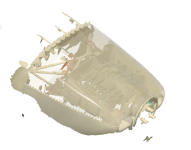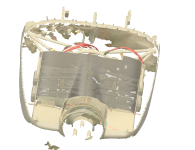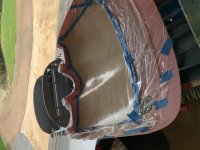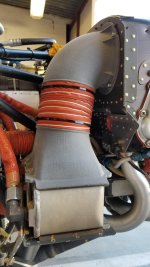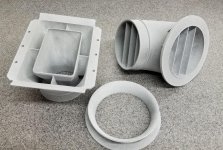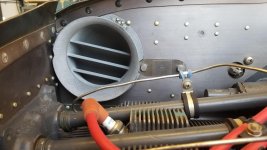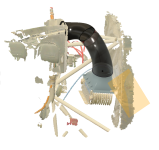Anyone have any data on the temperatures experienced by the underside of a plenum (on an IO-320, to be precise, but I'd take any data points). Obviously will vary based on deck height, airflow, etc, but anything would be helpful. Considering some...alternative materials and trying to figure out how bad an idea it is.
Thanks!
Noah
Thanks!
Noah



